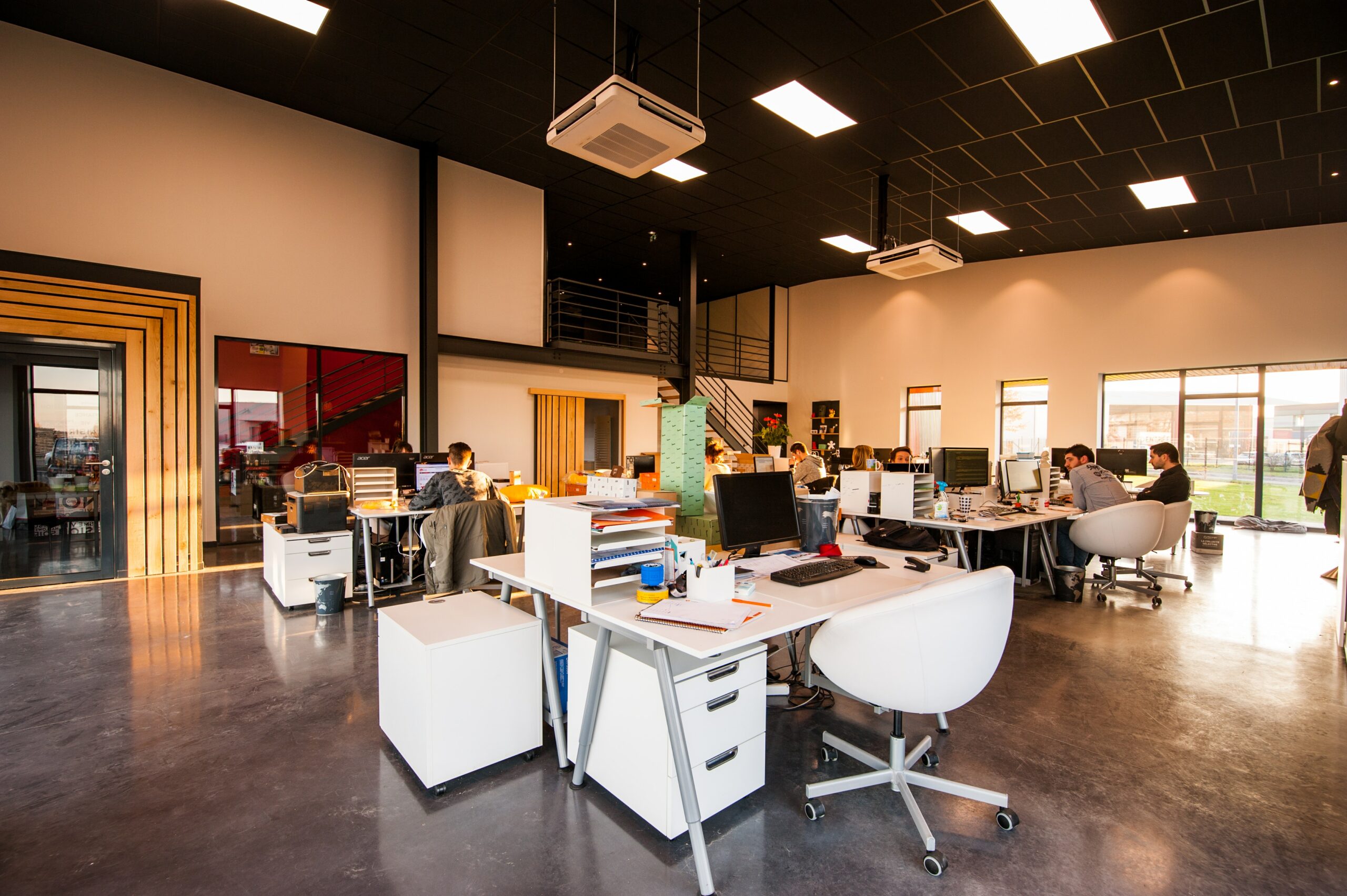Due to the changes that the year 2020 brought to the world, the definition of the term “workplace mobility” mostly has only one meaning. As the number of companies that are expanding their operations globally rapidly grows, working from home is no longer reserved for particular occupations only. Nowadays, if employers are stationed on the other side of the world, it’s already considered a perfectly normal circumstance.
By the year 2025, most or more precisely 70% of the total number of employees will be millennials. This is a workforce fully adapted to remote communication, computers, smartphones, and other devices. It’s almost safe to predict that for them, shifting to workplace mobility will be highly welcomed. Another prediction that’ll almost certainly happen is a replacement of the virtual private network (VPN) with cloud-based applications. Again, millennials are already familiar with these services as, by now, they use them on their computers and smartphones daily.
Mobile approach is efficiency friendly
To the surprise of those who have some doubts, workplace mobility can largely boost efficiency. If most of the work can be done on the platform or with the mobile app it actually empowers and inspires people to be more efficient. The bottom line is that this approach significantly shortens the time employees have to invest to finish some tasks. This is an advantage that automatically gives them more time to work on something else that might involve creativity or professional development closer to their realm of interest. The efficiency goes both ways, as the users of their service can benefit from it as well.
Internal communication problems finally solved
Sounds unreal, but with the use of workplace mobility time and space are no longer an issue for internal communication. For example, a multinational company with a large number of working from home employees can easily keep all of them in the loop, in real-time. Teams and their managers can exchange and share information and knowledge about important topics and projects. Needless to say, valuable time usually wasted on communication between departments and different management levels is saved and invested in something more productive. This type of communication upgrade provides more time for faster personal and team development, therefore generating fresh ideas and new solving approaches. Financially speaking, it means better business results and bigger revenues for the company.
Mobility in the workplace makes space for schedule flexibility
It’s not just a theory, as according to some studies more than 80% of the companies, that joined the survey, gained positive results from the flexible working policy. Based on the provided data, this kind of working schedule produced better efficiency, a higher level of dedication, and employees’ overall satisfaction. Being able to make a schedule where taking care of personal daily tasks doesn’t interrupt participation in teamwork means a lot to the employees. Introducing the ”bring your own device” (BYOD) policy into the work practice makes flexible planning even more satisfactory. Communication remains active throughout the day, no matter where they are, which could be important or even crucial for critical decision making. Both organizations and employees are relieved as mobility basically solves the piling up of the work-related problems and the professional and personal life balance issues.
Implementation and the future of mobility
Introducing mobility in the organization isn’t cheap, nor simple to make. Apart from many benefits, various distractions and obstacles can get in the way, as it usually happens with most novelties. Some people just don’t like to change the way things are so finding strategies to motivate them should be one of the top priorities for the company. The proactive approach to mobility means analyzing every step and addressing the arising problems accordingly. Training and education should be an integral part of the process with a special focus on the benefits that employees can have from it. Because mobility in the workplace and the tools for its implementation mightn’t be easily digestible for many, feedback and suggestions for improvements should be considered and if possible applied.
Workplace mobility is much more than just saving time on traveling to and from work or cutting back the office costs. Although these two important benefits can be a starting point for many companies, they’re just the tip of the iceberg. In times like the present, when following social distancing measures are equally important and necessary, remote work and similar forms of working arrangements will probably turn into something much bigger than just a trend. In the years to come, it will most likely become a needful step to provide a safe working environment and therefore a worldwide standard.










